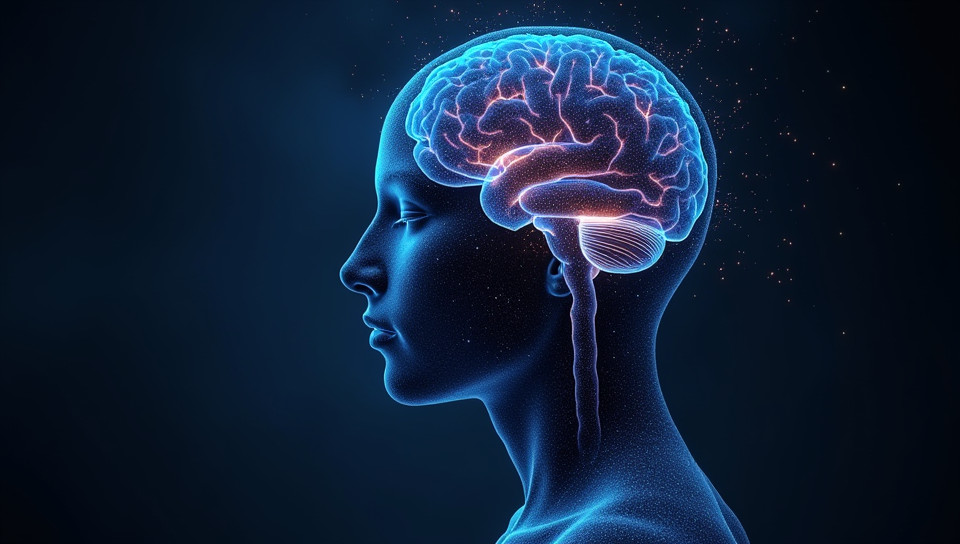Light stimulation controls neural activity precisely 90%

The Future of Neuroscience: Unlocking the Power of Light Stimulation
Imagine being able to control your brain's activity with the flick of a switch, or rather, with the flash of a light. This may sound like science fiction, but it's becoming increasingly possible thanks to advances in light stimulation technology.
The Science Behind Light Stimulation
Light has long been known to affect our mood and behavior, from the energizing effects of morning sunlight to the calming ambiance of candlelight. But researchers have taken this concept to a whole new level by using specific wavelengths of light to stimulate neural activity in the brain. This can be achieved through various methods, including transcranial photobiomodulation (tPBM) and optogenetics.
How Light Stimulation Works
When light is applied to the brain, it interacts with specialized cells called neurons, which transmit electrical signals that enable us to think, move, and feel sensations. By targeting specific wavelengths of light to these cells, researchers can modulate their activity, essentially "turning them on" or "off." This has numerous applications in fields such as neuroscience, psychology, and even neurology.
The Benefits of Light Stimulation
The potential benefits of light stimulation are vast and varied. For individuals with neurological disorders like depression, anxiety, or Parkinson's disease, targeted light therapy can provide significant relief from symptoms. In the realm of cognitive function, researchers have used light stimulation to enhance memory consolidation, improve focus, and even boost creativity.
- Some of the specific uses for light stimulation include:
- Treating mental health conditions such as depression and anxiety
- Enhancing cognitive function in individuals with neurological disorders
- Improving mood and overall sense of well-being
Overcoming Challenges and Future Directions
While light stimulation holds tremendous promise, there are still challenges to overcome. One major hurdle is the development of technologies that can deliver precise, targeted light to specific areas of the brain without causing harm or discomfort. Researchers are working tirelessly to address these issues, using innovative techniques such as machine learning algorithms and advanced imaging modalities.
Conclusion
Light stimulation represents a groundbreaking frontier in neuroscience, offering unparalleled opportunities for understanding and manipulating neural activity with unprecedented precision. As researchers continue to push the boundaries of this technology, we can expect significant breakthroughs in our understanding of the brain and its many mysteries. With time, light stimulation may become an integral part of various treatment protocols, revolutionizing the way we approach mental health, cognitive function, and overall well-being.
- Created by: Pari Singh
- Created at: Dec. 27, 2024, 12:49 p.m.
- ID: 17126







